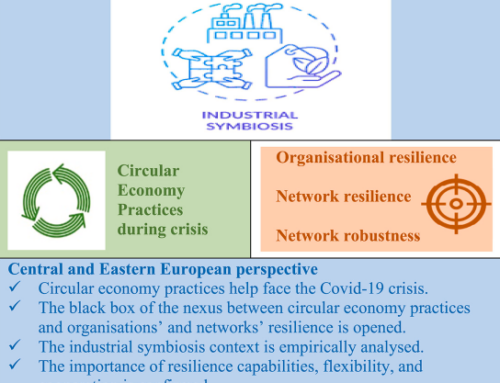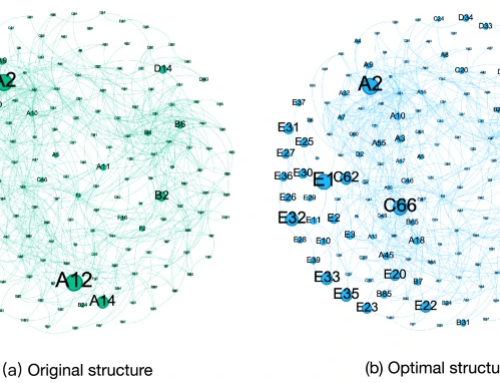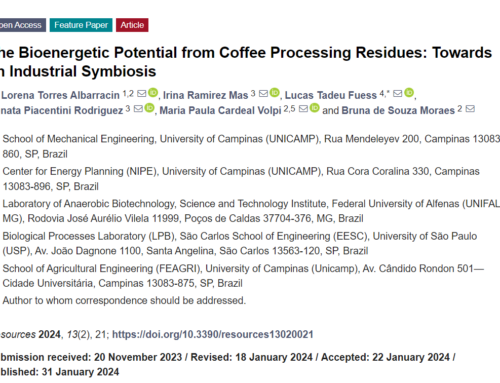Marine ecological security is crucial for the development of marine industries. Assessing marine ecological security effectively is essential for sustainable marine economic growth and ecological civilization. The paper “Evolution of marine ecology-industry symbiosis patterns and ecological security assessment: New evidence from coastal areas of China” uses symbiosis theory to highlight the role of human economic activities in ecological security, creating an indicator system that integrates these activities and all related subsystems through the “Driver-Pressure-State-Impact-Response (DPSIR) model.” The Lotka-Volterra symbiosis model is employed to analyze the dynamics of marine ecological security in China’s coastal areas from 2006 to 2019. The findings indicate a stable increase in the socio-economic development index, a steady environmental capacity index, and a fluctuating ecological impact index. During the study period, four modes of symbiosis were identified: mutualism, ecological damage, industrial damage, and mutual harm. Hebei, Guangdong, Guangxi, and Hainan showed optimal ecological security, Tianjin, Jiangsu, Shanghai, Zhejiang, and Fujian were in a transition phase, while Shandong and Liaoning were in non-safe states. The paper concludes with policy recommendations to enhance marine ecological security and support the marine industry’s healthy development.
Read the report here.







